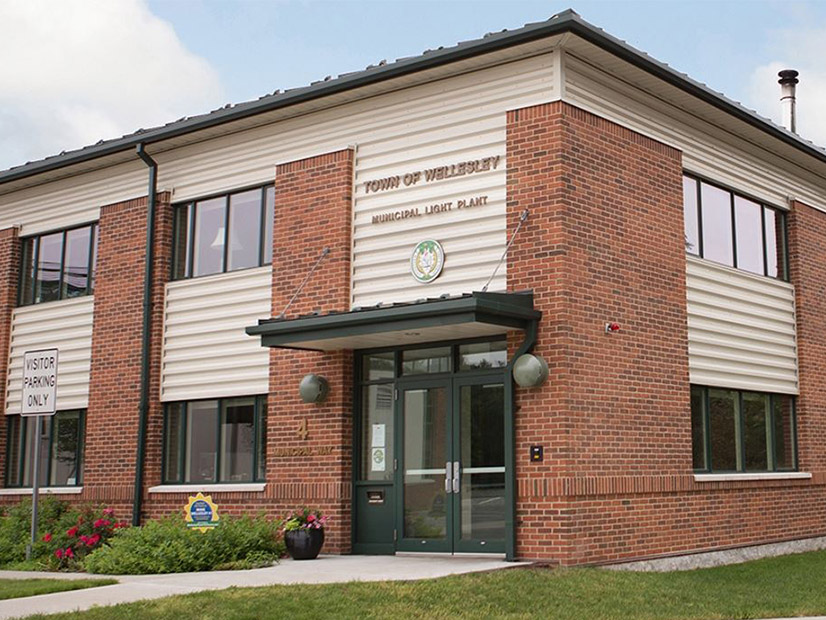Legislators in Massachusetts are trying to help some local governments qualify as green communities in the state.
The Green Communities Designation and Grant Program provides funding for towns in Massachusetts to implement energy efficiency and renewable energy incentives. Towns that are served by a municipal electric utility (light plant) are not automatically eligible for those grants, but a new bill before the Massachusetts legislature could change that.
Introduced earlier this year, H.3369 would open up technology assistance and emissions data tracking tools for the regions served by 50 municipal light plants. Grants could be used for air source heat pumps, ventilation upgrades, EV charging stations and other clean energy innovations.
The bill would make it easier for any town, no matter what its relationship is to a light plant or investor-owned utility, to opt into participation in the Green Communities program.
Without the 50 light plant service areas, the statewide program will be an “inconsistent patchwork of incentive programs,” said Barbara Salzman, a resident of Boxborough, Mass., which is served by a municipal light plant.
Of the 351 cities and towns in Massachusetts, 280 are involved in the program or have received grant funding for clean energy incentives.
Support from the state will help places like Boxborough carry out new state climate goals and their impending emission reduction targets, Salzman testified at a legislative hearing on the bill on Tuesday.
Many communities served by municipal light plants have “done the prerequisite steps,” but they are in “very stringent financial situations,” said Karen Herrick, a town selectman for Reading, Mass. The legislature should encourage laws that incentivize 100% adoption of new climate laws across the state and reduces emissions.
To qualify as a green community, towns must pass zoning in designated locations for renewable energy generating facilities; adopt an expedited application and permitting process for renewable energy facilities; reduce energy use by 20%; purchase fuel-efficient municipal vehicles; and adopt the state stretch code for buildings.
Funding for the state program comes from proceeds from carbon allowance auctions under the Regional Greenhouse Gas Initiative (RGGI).
Municipal light plants pay into RGGI, but state Sen. Michael Barrett (D) questioned why they should be eligible for Green Communities program funding at the hearing. They operate their own energy efficiency and rebate programs, and their customers are only eligible for those programs.
Communities not served by a local light plant have less control over where their energy is coming from and should be prioritized by state grant funding programs, Barrett said.
But municipal light plants own less infrastructure and have fewer resources than investor-owned utilities, state Rep. Joan Meschino (D) said at the legislative hearing.
“It’s not a free ride” for them to join the Green Communities program, she said. “Nothing could be further from the truth.”
For a community to participate, the municipal light plant would collect a per-kWh charge on behalf of the community for submission to the state’s Renewable Energy Trust Fund.


